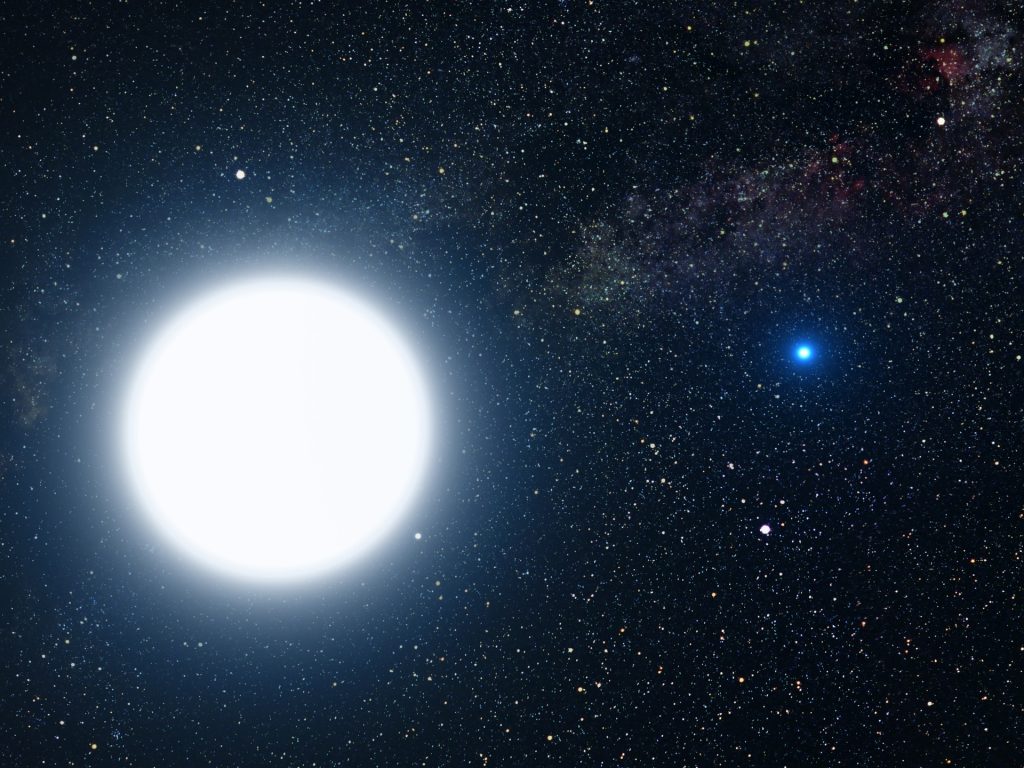
Stars that Keep Secrets: The Metals of Lost Planets
- The study, recently published in The Astrophysical Journal, uses an artificial intelligence algorithm called “self-organizing maps” to process and analyze the large volumes of data obtained by Gaia.
The research led by CITIC researcher Xabier Pérez Couto reveals how the remnants of lost planets can be studied in dead stars.
A Coruña, December 18, 2024.- A team of researchers from CITIC at the University of A Coruña has made a significant breakthrough in the study of planetary system evolution. Using data provided by the Gaia space mission and advanced artificial intelligence techniques, they have identified traces of metals in the atmospheres of white dwarfs, stars that have exhausted their hydrogen fuel. These metals, which cannot be primordial or generated in the white dwarf afterward, are most likely hosted by the remnants of destroyed planets according to current models and theories. This finding reveals the presence of traces of planets that once orbited these stars and were destroyed when the star exhausted its nuclear fuel. The article, recently published in The Astrophysical Journal, was developed by Xabier Pérez Couto, Lara Pallas Quintela, Minia Manteiga, and Carlos Dafonte from CITIC, along with Eva Villaver Sobrino, a researcher at the Institute of Astrophysics of the Canary Islands (IAC).
The discovery of metals such as calcium, magnesium, and sodium in the atmospheres of white dwarfs is significant, as these elements should not be present due to the intense gravity exerted by the star’s core. The existence of these metals suggests they were absorbed from planets and asteroids that disintegrated when the star reached its final phase.
AI to Identify Stars
The team used an artificial intelligence algorithm called “self-organizing maps” to process and analyze the large volumes of data obtained by the Gaia space mission of the European Space Agency (ESA). Thanks to this technique, they were able to identify 143 new candidates for “metallic” white dwarfs that had not been cataloged until now.
This work marks the beginning of a new phase of research, as the CITIC team plans to conduct additional observations using higher-resolution telescopes from Earth to confirm the presence of these metals. Calculating their abundances will allow for a detailed understanding of the composition of the planets that orbited these stars.
The study published in The Astrophysical Journal opens new possibilities for understanding how planetary systems evolve and disappear, providing a valuable window into the past of the Milky Way. Additionally, it demonstrates the power of artificial intelligence applied to astronomy, offering a powerful tool to process large volumes of data and discover astronomical objects not yet cataloged.
For more information, the full article is available here.





